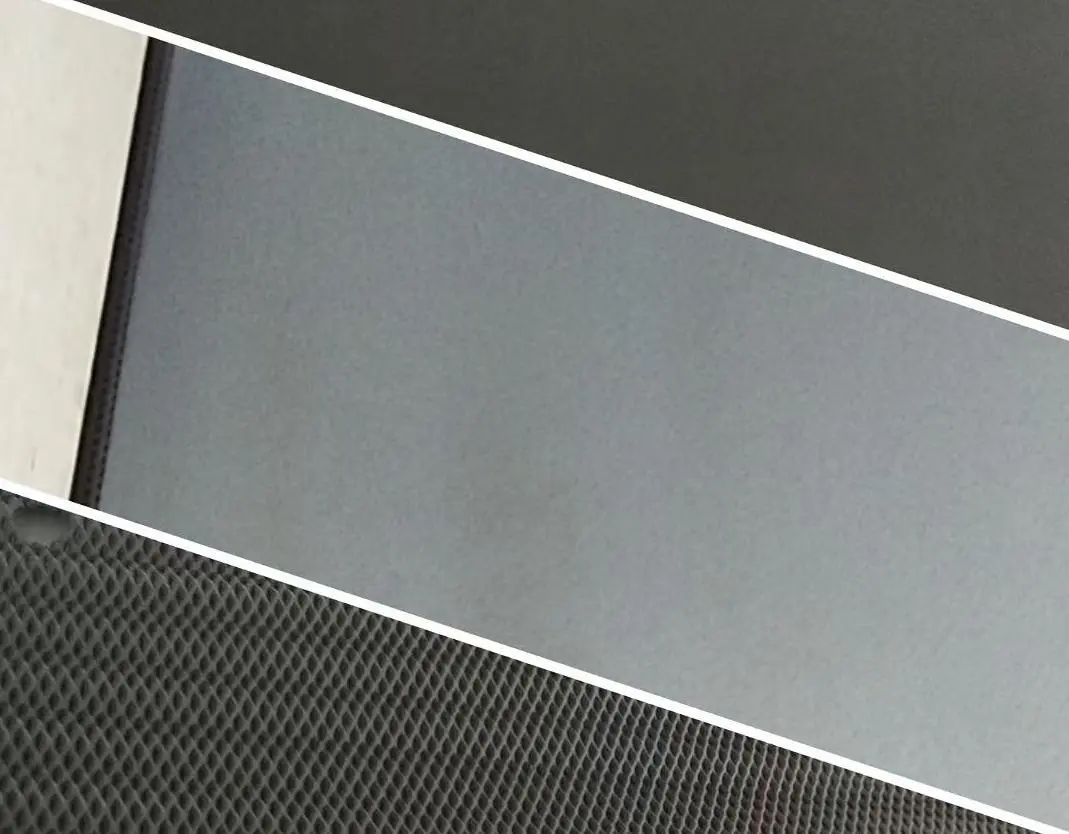Comparing Platinum-Titanium Anodes to Other Anode Types
In the world of electrochemistry, anodes play a pivotal part in different mechanical forms, from water treatment to metal wrapping up. Among the different extend of anodes accessible, platinum-titanium anodes have picked up critical consideration due to their special properties and execution characteristics. This article dives into the world of anodes, comparing the items with other common sorts to offer assistance you get it their preferences and potential applications.
Comprehending Platinum-Titanium Anodes: Composition and Properties
Platinum-titanium anodes, moreover known as platinum-coated titanium anodes, are a modern electrode material that combines the toughness of titanium with the catalytic properties of platinum. These anodes are fabricated by storing a lean layer of platinum onto a titanium substrate, coming about in an electrode that offers uncommon execution and life span.
The composition of platinum-titanium anodes provides several notable advantages:
- Corrosion Resistance: The titanium substrate offers excellent resistance to corrosion, even in harsh chemical environments.
- Catalytic Activity: The platinum coating enhances the anode's catalytic properties, facilitating efficient electron transfer in electrochemical reactions.
- Durability: The combination of titanium and platinum results in an anode with a long service life, reducing the need for frequent replacements.
- Low Overpotential: Platinum-titanium anodes exhibit low overpotential for many electrochemical reactions, improving energy efficiency in various applications.
These unique properties make platinum-titanium anodes an attractive option for industries requiring high-performance electrodes, such as chlorine production, water treatment, and metal electrowinning.
Comparative Analysis: Platinum-Titanium Anodes vs. Other Anode Materials
To appreciate the advantages of platinum-titanium anodes fully, it's essential to compare them with other common anode materials used in industry. Let's examine how platinum-titanium anodes stack up against some popular alternatives:
Platinum-Titanium Anodes vs. Graphite Anodes
Graphite anodes have been widely used in various electrochemical applications due to their low cost and good conductivity. However, when compared to platinum-titanium anodes, they fall short in several aspects:
- Durability: Graphite anodes are susceptible to erosion and wear, especially in aggressive electrolytes. In contrast, platinum-titanium anodes offer superior resistance to degradation, resulting in a longer operational lifespan.
- Catalytic Activity: While graphite can conduct electricity efficiently, it lacks the catalytic properties of platinum. Platinum-titanium anodes excel in promoting specific electrochemical reactions, making them more suitable for applications requiring precise control over reaction kinetics.
- Contamination: Graphite anodes can introduce carbon particles into the electrolyte, potentially contaminating the final product. Platinum-titanium anodes, being inert, do not pose this risk, ensuring higher purity in electrochemical processes.
Platinum-Titanium Anodes vs. Lead Dioxide Anodes

Lead dioxide anodes have been extensively used in electrowinning and electroplating processes. However, platinum-titanium anodes offer several advantages over their lead-based counterparts:
- Environmental Impact: Lead dioxide anodes pose environmental concerns due to the potential release of lead into the environment. Platinum-titanium anodes are environmentally friendly, aligning with increasingly stringent regulations on heavy metal use.
- Efficiency: Platinum-titanium anodes generally exhibit lower overpotentials compared to lead dioxide anodes, resulting in improved energy efficiency in electrochemical processes.
- Versatility: While lead dioxide anodes are primarily used in acidic environments, platinum-titanium anodes can operate effectively in both acidic and alkaline conditions, offering greater flexibility in application.
Platinum-Titanium Anodes vs. Dimensionally Stable Anodes (DSA)
Dimensionally Stable Anodes, typically composed of mixed metal oxides on a titanium substrate, are close competitors to platinum-titanium anodes. Both types offer excellent durability and catalytic activity, but there are some distinctions:
- Specificity: DSA anodes can be tailored for specific applications by adjusting the composition of the metal oxide coating. Platinum-titanium anodes, while less customizable, offer consistent performance across a broader range of applications.
- Cost: Initially, platinum-titanium anodes may have a higher upfront cost due to the use of precious metals. However, their longevity and efficiency can often offset this initial investment over time.
- Chlorine Evolution: In chlorine production, DSA anodes often have a slight edge in terms of efficiency. However, platinum-titanium anodes still perform admirably and may be preferred in applications where trace metal contamination is a concern.
Applications and Industries Benefiting from Platinum-Titanium Anodes
The unique properties of platinum-titanium anodes make them suitable for a wide range of industrial applications. Some key areas where these anodes excel include:
- Water Treatment: Platinum-titanium anodes are extensively used in electrochemical water treatment processes, including the generation of ozone and advanced oxidation processes for the removal of organic contaminants.
- Chlor-Alkali Industry: These anodes play a crucial role in the production of chlorine and sodium hydroxide, offering high efficiency and durability in brine electrolysis systems.
- Metal Finishing: In electroplating and anodizing processes, platinum-titanium anodes provide precise control over metal deposition and surface treatment.
- Cathodic Protection: The corrosion resistance and long lifespan of platinum-titanium anodes make them ideal for use in cathodic protection systems for large metal structures such as pipelines and marine vessels.
- Electrochemical Sensors: The stability and catalytic properties of platinum-titanium anodes are valuable in the development of sensitive and reliable electrochemical sensors for various analytical applications.
As industries continue to seek more efficient and environmentally friendly solutions, the adoption of platinum-titanium anodes is likely to expand into new areas, driving innovation in electrochemical technologies.
Conclusion
Platinum-titanium anodes speak to a critical headway in electrode technology, offering a unique combination of strength, effectiveness, and flexibility. Whereas they may confront competition from other anode materials in particular applications, their generally execution and long-term benefits make them an appealing choice for numerous businesses.
For those interested in exploring the potential of platinum-titanium anodes or seeking customized electrochemical solutions, Shaanxi Tianyi New Material Titanium Anode Technology Co., Ltd. offers expertise and cutting-edge products tailored to your specific needs. To learn more about our range of electrochemical electrode materials and how they can benefit your applications, please contact us at info@di-nol.com.
References
1. Chen, X., & Chen, G. (2019). Electrochemical anodes: Stable and efficient catalysts for water oxidation. Chemical Reviews, 119(5), 3192-3254.
2. Trasatti, S. (2000). Electrocatalysis: understanding the success of DSA®. Electrochimica Acta, 45(15-16), 2377-2385.
3. Martínez-Huitle, C. A., & Ferro, S. (2006). Electrochemical oxidation of organic pollutants for the wastewater treatment: direct and indirect processes. Chemical Society Reviews, 35(12), 1324-1340.
4. Comninellis, C., & Chen, G. (Eds.). (2010). Electrochemistry for the Environment. Springer Science & Business Media.
5. Kraft, A. (2007). Doped diamond: a compact review on a new, versatile electrode material. International Journal of Electrochemical Science, 2(5), 355-385.A


